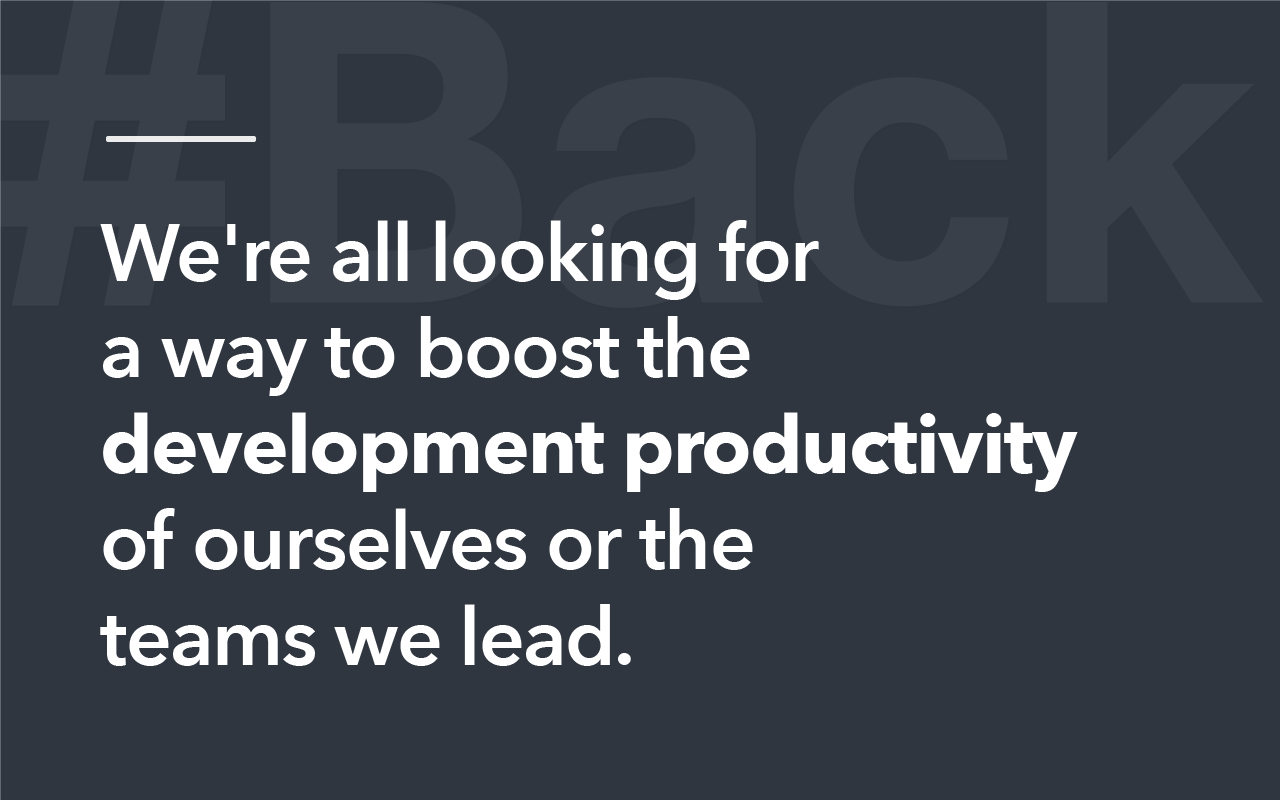It has been demonstrated that the traditional product development process is ineffective for building software. The reality of today’s market conditions is that there are many changes happening at a rapid pace, which means we must be able to react quickly and efficiently. At the same time, this must be done with as little risk as possible, because it is far too easy for an idea to fail in its early stages if it hasn’t been properly validated or tested beforehand. By introducing Product Development as a Service (PDaaS), we are now able to address these issues head on and effect changes that will allow us to adapt more easily than ever before.
PDaaS — Product Development as a Service is a new way to develop software products
The PDaaS model is a novel approach to developing software products. It is not your typical product, but rather a service that allows you to create your own products. The idea is that customers no longer want products; they want software as a service (SaaS).
As a result, we’ve built an ecosystem in which developers can create their own products and sell them on our platform for 100% recurring revenue. To accomplish this goal, we created an automated system that employs artificial intelligence to assist the developer in managing his or her project in real time. This gives him/her more time to code and less time to manage everything else related to the project.
It reduces time-to-market and time-to-feedback loops
By reducing the time required to build, deploy, and test applications, PDaaS can reduce time to market. It also lowers deployment costs because you don’t have to buy your own servers.
In addition to reducing time to market, PDaaS enables businesses to respond faster to new technology and change course quickly when new business opportunities arise. For example, if you work in a fast-growing industry like healthcare or fintech, it’s critical for your company to keep up with changes in consumer preferences and technological trends in order to capitalise on potential growth opportunities.
Another advantage of PDaaS is that it allows businesses to launch products faster than they would otherwise be able to while maintaining high quality standards by providing quick access to technical experts who will assist them in resolving problems during the production deployment phases (for example if there are any issues with security controls).
It allows to reach the market with an MVP product faster
It enables you to get an MVP product to market faster. If you want to get feedback from your customers before releasing a mature product, PDaaS can be very useful. It enables you to test your product in the market and iterate based on the feedback. This allows you to improve your product faster and launch it when it is more mature than if you developed it entirely in-house.
It brings the transparency of the product development process
PDaaS makes the product development process transparent to you. You can easily see where your project stands, how long it will take to complete, and what your team is working on with PDaaS. This means you’ll never be in the dark about what’s happening with your product or whether it’s on track. You’ll know if anything goes wrong, and if it does, you’ll know how long it will take to fix it (or if anything needs fixing at all).
The value of transparency cannot be overstated: It gives you a competitive advantage over competitors who do not have access to this type of information about themselves or their projects. If one competitor has a better grasp on their progress than another—for example, if one knows exactly how much time remains until completion while the other does not—then they are more likely to triumph over their competitor at whatever goal they are competing for (in this case: a finished product).
It’s flexible, you can get started with a small team and grow it to fit your needs
The beauty of a PDaaS is that you can start small and scale up to meet your needs.
If your company is just getting started with data protection, an on-premises solution may be overkill. If you need to get started quickly and don’t require all of the functionality of enterprise-grade backup software, PaaS providers like Druva or Cleversafe will suffice. IT managers can focus on their core competencies while reducing cost and complexity by leveraging cloud-based solutions—and they never have to worry about whether their data is safe from loss or corruption because it all lives in the cloud.
The PDaaS approach enables us to adapt our approach to address all of these challenges, resulting in greater transparency and development speed.
The PDaaS approach enables us to adapt our approach to address all of these challenges, resulting in increased transparency and development speed. When you use a PDaaS-supporting tool, your product development process can be divided into three stages:
- Planning entails defining what you want to build (product backlog), who will build it (team), how long it will take to build (schedule), how much capacity the team has (capacity planning), and so on.
- Execution – Once the planning phase is complete, we begin working on developing the product by creating features or stories that will go into production once completed successfully with acceptance criteria defined in advance based on our user needs research data gathered during the discovery phase 3. 3.Feedback loop – We use agile methods such as sprints for execution and continuous delivery for feedback loop.
Conclusion
This is a relatively new method of product development, but it has already been used by some of the world’s largest corporations. The Product Development as a Service approach enables us to adapt our approach to address all of these challenges, resulting in greater transparency and development speed. If you’d like to learn more about how this can work for your product, please contact us today or visit #World
To grasp more about PDaaS or to incorporate it into your project, please go to https://world.karippal.in.



